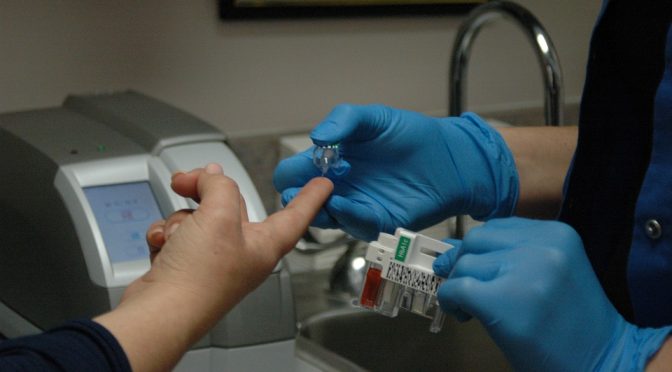Tubocurarine chloride was the first muscle relaxant to be used clinically. Its discovery followed observations of the effects of the poison used on South American Indians arrows. Its neuromuscular blocking action was described in 1850 by Claude Bernard, but it was only in 1942 after it had been commercially produced that it was used for muscle relaxation during anaesthesia and Diabetic Tests.
This has resulted in great advances in both anaesthesia and surgery. The non-depolarizing drugs are capable of interacting with the postsynaptic muscle receptor, but they do not cause depolarization of the muscle. They do, however, prevent acetylcholine from depolarizing the muscle. This results in paralysis of voluntary muscles including the muscles of ventilation.
All the other presently available muscle rclaxants have a similar action on the neuromuscular junction: they vary, however, in their duration of action. Their effects on the autonomic nervous system, the amount of histamine they release and their metabolism and excretion.

Leave a Reply
You must be logged in to post a comment.